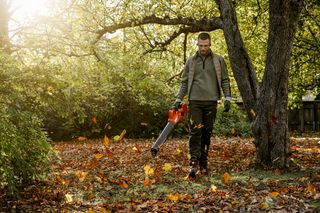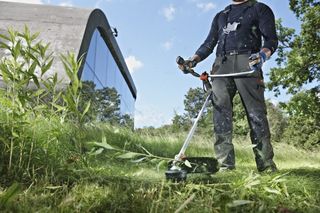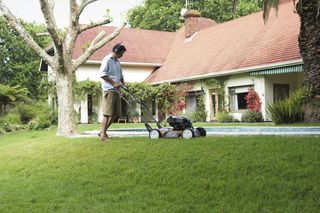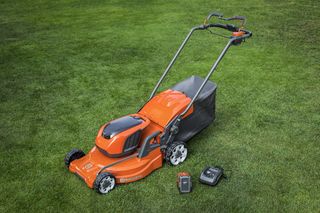
Uputstva i vodiči
Kako brinuti o travnjaku tokom jeseni - šest najboljih saveta
Jesen je nešto više od čišćenja lišća i priprema za predstojeće hladnije dane - tada su u toku pripreme za najbolje travnjake i za proleće. Evo nekoliko jednostavnih saveta za jesenju negu travnjaka koji će vam pomoći da postavite osnovu za savršen travnjak u narednoj godini. Kako bismo vas inspirisali, prvo pogledajte naše najvažnije savete tokom cele sezone za održavanje zdravog i bujnog travnjaka.
Saveti za jesenju negu travnjaka
6 korak(a)
01.
Skupite opalo lišće
02.
Uklanjanje slame
03.
Đubrenje, đubrenje
04.
Aeracija i sadnja
05.
Spremite nove noževe
06.
Obavite ključno košenje
Još Husqvarna vodiča i saveta
Srodni članci
Prikazivanje 10 od 57










